O n Friday, July 15th, The Grand Salmon Source to Sea team completed their 1,000-mile paddle journey from the multiple headwaters of the Salmon River to the Pacific Ocean, in solidarity around a call to action about dwindling salmon populations in the Snake River Basin and placing a moratorium on the Stibnite mine proposed in central Idaho.
The team of women paddlers have engaged thousands of people through grassroots advocacy in river communities along the way, in addition to reaching hundreds of thousands via social media channels. The team has encountered obstacles over their two and a half month journey including facing unusually high water this spring and portaging the four Lower Snake River dams in four days. Yet despite these challenges, what they have faced is minimal compared to what these resilient fish endure.
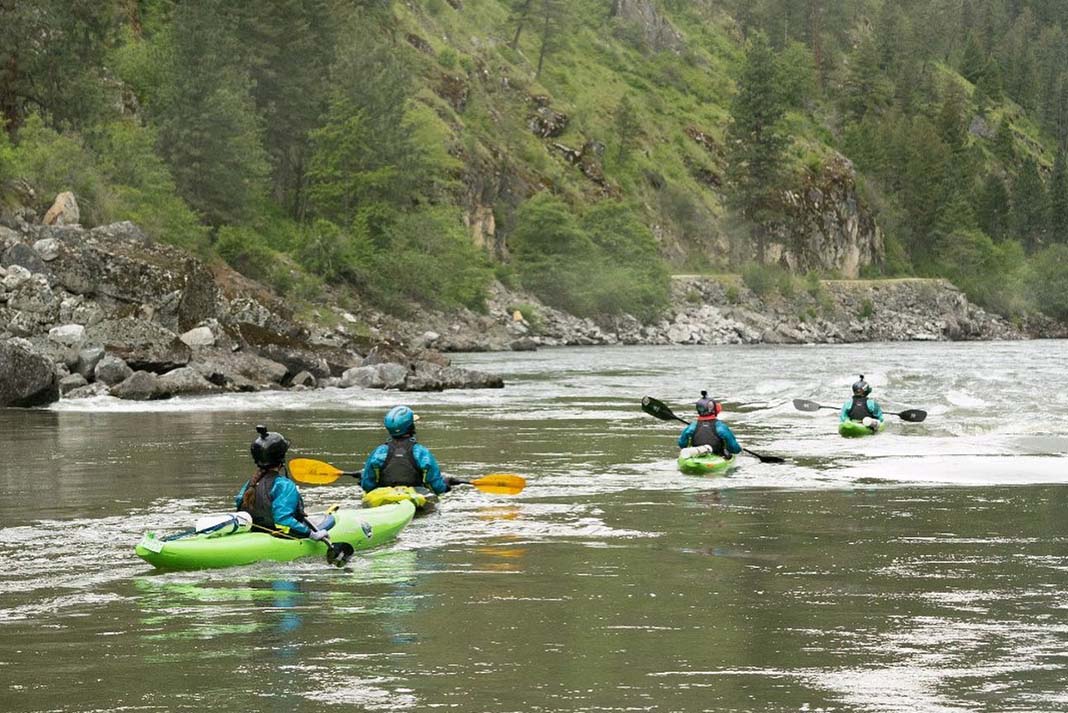
Their story is rooted in adventure and a love of rivers that gives way to shining light on the bigger picture – now is the time to act to prevent the extinction of Pacific salmon species.
“We have been planning this trip for over two years, and I am still a bit shocked that it actually came to fruition, and also can’t believe we are almost done,” said Brooke Hess, a professional kayaker and science journalist on the team. “This has been the coolest, most challenging, and most fulfilling several months of my life so far.”
Libby Tobey, the environmental policy and climate change expert on the paddling team added, “It feels absolutely impossible to be staring at the finish line of this project. Looking back on how many people we’ve been able to engage with about this cause makes me feel unbelievably proud of our team. To speak up and do hard work to protect the rivers we love is every kayaker’s dream, and I’m so excited we’ve been able to do that.”
The project comes at a timely moment as the summer of 2022 is perhaps the most pivotal window of opportunity in more than a 30-year endeavor to restore salmon populations in what would be the largest river restoration project in American history – the removal of the four Lower Snake River dams.
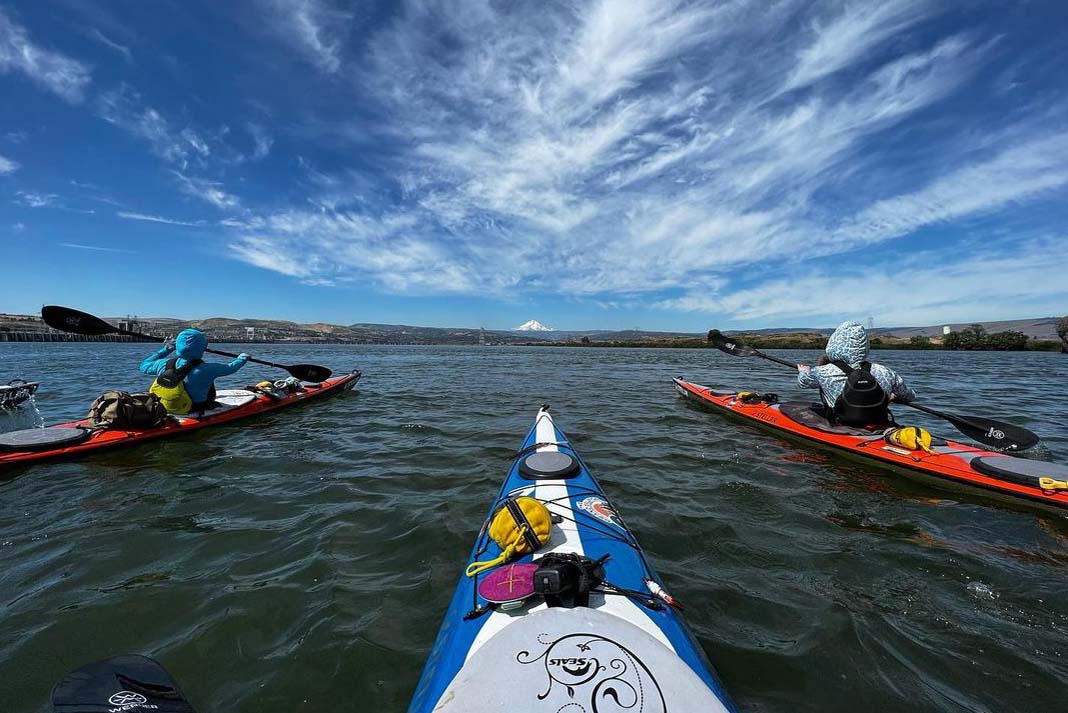
“It feels totally surreal to be at this point in the journey knowing that we’re going to cross into the Pacific Ocean soon, right about the time that the smolts that we left Idaho with will be reaching the ocean. Honestly, this is the best team I could have imagined doing this trip with, and to have the White House release their statement feels serendipitous and powerful as well. I’m so grateful to everyone who has been with us on this wild journey,” said Hailey Thompson, an artist and fisheries expert on the paddling team.
On July 11th a public comment period closed around a draft report released from Gov. Inslee and Sen. Murray about removing the four lower Snake River dams. On July 12th, the White House and NOAA Fisheries announced two new reports of findings to inform and guide restoration of salmon and steelhead in the Columbia River Basin and energy planning in the Northwest region.
Idaho Rivers United stands by the best available scientific and other relevant evidence, when fully and objectively evaluated, which shows that breaching the four lower Snake River dams, with adequate spill at the remaining lower Columbia River dams, is the only viable option to both protect and restore salmon and steelhead.
All of this urgency has been said by Northwest tribes from the beginning of time – the four Lower Snake River dams must be removed. As recent resolutions by the Affiliated Tribes of Northwest Indians and National Congress of American Indians make clear: the decimation of salmon runs is a violation of treaties and other commitments made with tribes by the federal government. Preventing extinction is a matter of justice.
Idaho Rivers United, the lead advocacy organization for the Grand Salmon campaign, strongly urges the report to more prominently highlight necessity and the cost of inaction related to LSRD dam breaching, specifically that impending extinction of wild salmonids leads to the perpetuation of injustice related to tribal sovereignty, economic and cultural hardships for rural towns and Indigenous communities that depend on abundant salmon runs. The continuation of a broken Columbia-Snake hydrosystem exacerbates inequality in the region and will continue to provide diminishing returns to stakeholders.
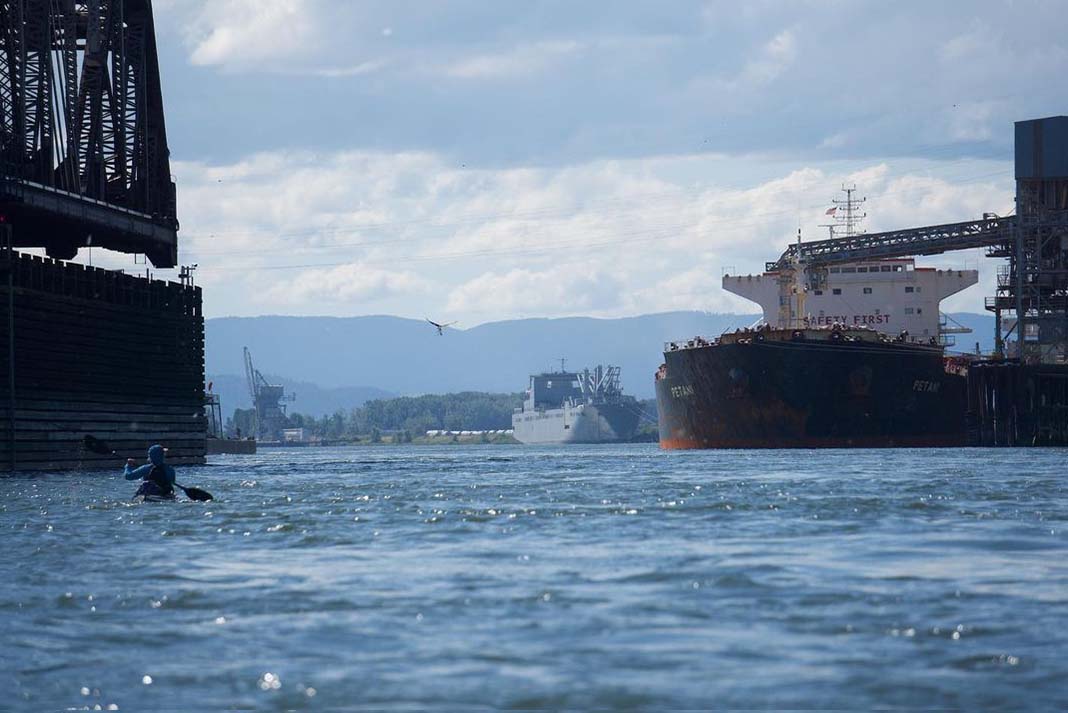
“Our organization is incredibly proud of the Grand Salmon team and is relentlessly committed to the cause and mission of this remarkable endeavor,” said Tess McEnroe, Communications Associate at Idaho Rivers United. “Salmon restoration and the Snake River restoration campaign has been a priority in our work for three decades. Along with our elected officials, we as citizens have an incredible opportunity to act now. Our nation can lead the largest river restoration and salmon recovery effort in history, while making smart investments in clean energy, infrastructure, and communities.”
“The success of the Grand Salmon campaign has shown how effective a source to sea adventure can be as a catalyst for conservation. Connecting people throughout a watershed, bringing communities together to protect and restore an ecosystem, and providing a voice for these rivers has been a profound and inspiring journey for all.” says Danielle Katz co-founder and director of Rivers for Change and lead project coordinator for the campaign. Rivers for Change mission is to connect people to rivers through source to sea adventures, conservation, and education.
Visit www.salmonsourcetosea.com for more information and to take action.




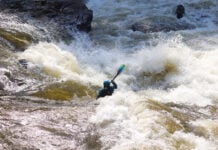
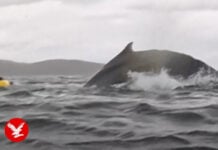
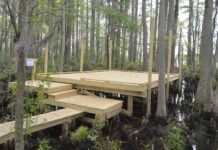
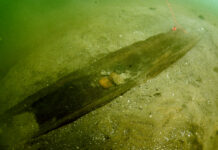

You might want to check out their story, too…
https://m.facebook.com/KlepperLifestyle/videos/congratulations-to-oscarscafidi-benzstephen-for-finishing-the-first-ever-source-/525776512414436/